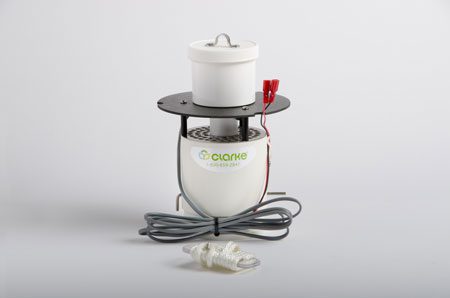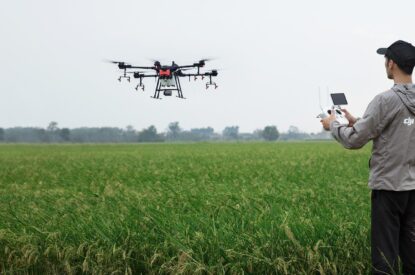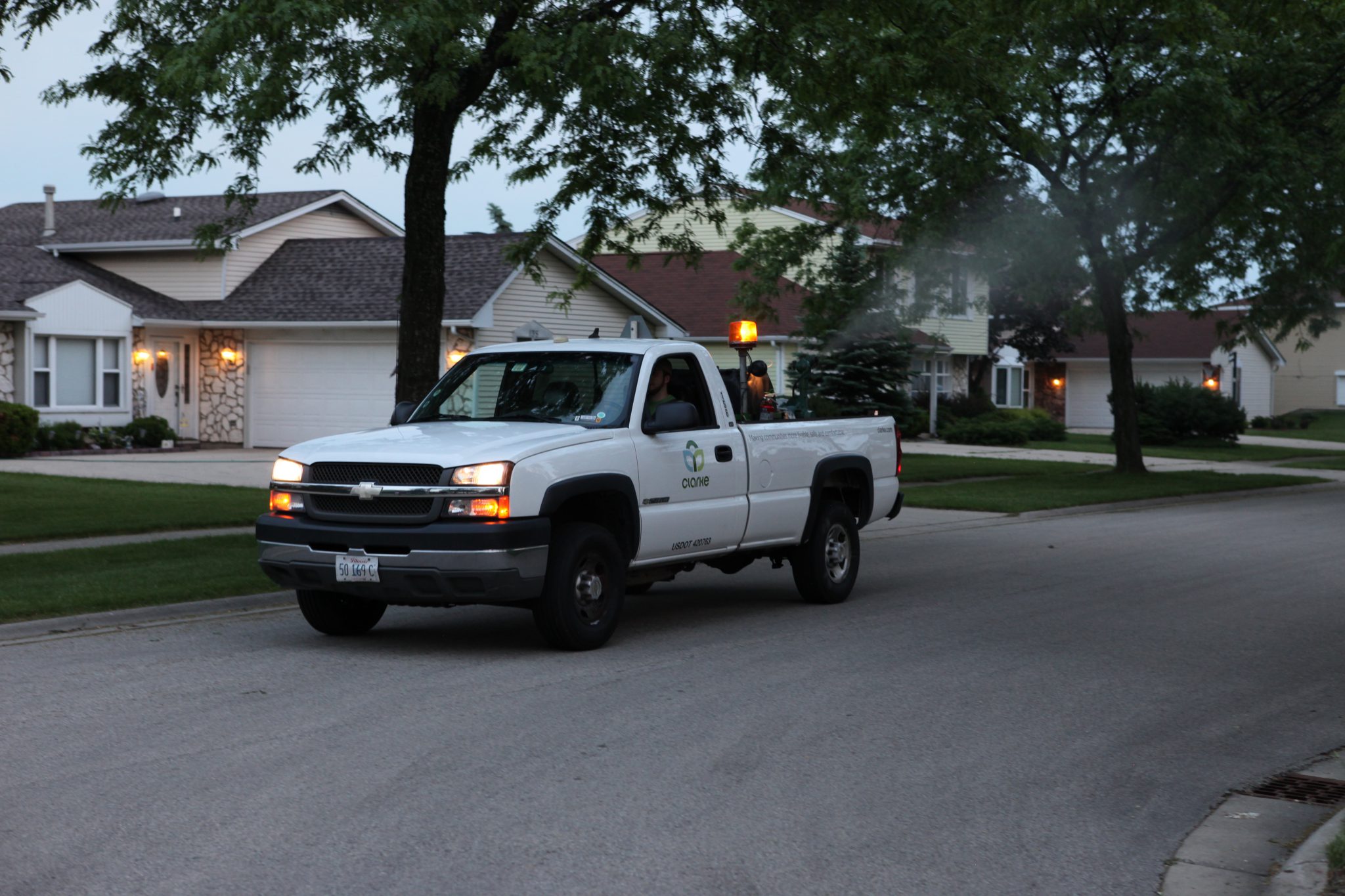ABC Basic Light Trap (with Electronics)
| Weight | N/A |
|---|---|
| Dimensions | N/A |
| Equipment Type | ABC Trap |
ABC Basic Light Trap (with Electronics) Contents
- External Attractant Hanger
- Internal Attractant Hanger
- Rope
- Lid
- Power Cord Powered by 6-volt battery
Part: TRAP1

Product Details
The ABC Trap Series
Researchers from the Centers for Disease Control & Prevention (CDC) invented the ABC Trap, also called the CDC Light Trap, in the 1950s. This lightweight, popular mosquito trap series is battery-powered and uses carbon dioxide (CO2), in the form of dry ice or a CO2 tank, and/or a light source, to attract mosquitoes into the trap. Light Traps are largely used to monitor the overall species mix and population levels within a surveillance network, as well as collect specimens for disease testing. A notable advantage to using Light Traps is their ability to capture a great variety of live mosquito species to use for disease testing along with their proven efficacy in the field.
About the ABC Basic Light Trap (with Electronics)
As the basic building block of the ABC trap series for mosquito population monitoring, this trap can be adapted for CO2 emission and other configurations with the addition of optional components. With the addition of a collection net and a battery source, the trap is field ready for mosquito surveillance.
A built-in electronics module with a photosensor allows you the flexibility to program the light source and fan motor to operate in five different modes, including the military SSAM algorithm. LID2 and ROPE1 (4’ rope with handy adjustment clip) are provided along with a 6-1/2’ power cord for hanging the trap up to 7’ above the ground. External and internal hangers are provided for attractant packages such as the OCT1 slow-release octenol packet.
- Basic building block of the ABC trap series
- Battery-powered, portable light trap for mosquito monitoring
- Field ready with the addition of a net and battery
- Operates in five different modes




